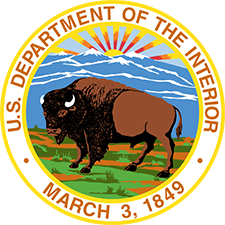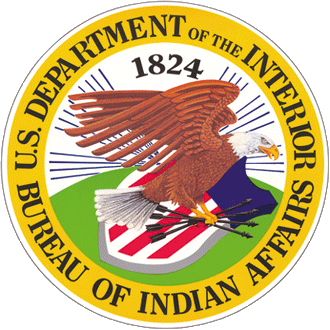Tribal communities look to wildland firefighters to protect their people, lands and resources. Wildland firefighters must be physically, mentally and emotionally fit to work long hours outside and away from home and family, and often times unexpectedly.
What are entry-level firefighter positions like?
Learn more about working in fire response on our Wildfire Response webpage. You can also learn more about specific fire roles on our Hand Crews, Interagency Hotshot Crews and the National Aviation Office webpages.
Education and Specialized Training Requirements
There are no education or specialized training requirements for entry-level positions. However, completed college coursework and basic firefighting classes may lead to a higher starting wage.
College coursework can be in a variety of fields, though typically fire management professionals study fire management, forestry, natural resource management or other science-based fields.
Basic firefighting classes such as Introduction to the Incident Command System (I-100), Firefighter Training (S-130) and Introduction to Wildland Fire Behavior (S-190) may be offered at your local fire management office.
Training and Qualifications
All firefighters learn simple fire science during basic fire school. During the 40-hour training, firefighters learn about fire behavior, weather patterns, the incident command system, safe hand line construction, tool maintenance, leadership fundamentals and how to work as a crew. Learn more on our Fire Training and Qualifications webpage.
Work Schedule and Conditions
Outside of fire emergencies, firefighters work a five-day, 40-hour week. During high fire activity, firefighters must be flexible with their schedules and often work 16-18-hour days. Learn more about firefighter work conditions on the "A Day In the Life" section of our Interagency Hotshot Crews webpage.
Equipment
BIA issues equipment such as personal protective shirts and pants, sleeping bags, fire packs, canteens, first aid kits and other essential items. These are returned to the BIA at the end of the year.
Positions with a fitness rating of "arduous" or "moderate" are provided a stipend to purchase National Wildfire Coordinating Group-approved footwear.
Firefighters bring enough of their own toiletries, undergarments, socks and jackets for up to three weeks of field work.
Pay and Benefits
Pay ranges from 15-17 dollars per hour, depending upon the position and your experience. Firefighters receive overtime beyond 40 hours a week. They may also receive hazardous pay while working in a fire area.
Temporary and permanent employees receive sick leave, paid vacation, paid holidays and training. Permanent employees also receive health and life insurance and are covered by the Federal Employee Retirement System. Some fire positions qualify for retirement after 20 years. Learn more about federal benefits at the Office of Personnel Management website.
What is the difference between Tribal and federal employment?
Learn more on the "Tribal Versus Federal Employment" section of our Wildland Fire Management Careers webpage.
Additional Information
Additional Resources
Contact Us
Boise, 83705


